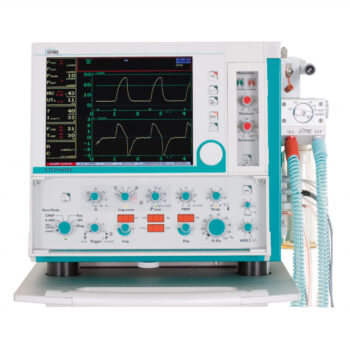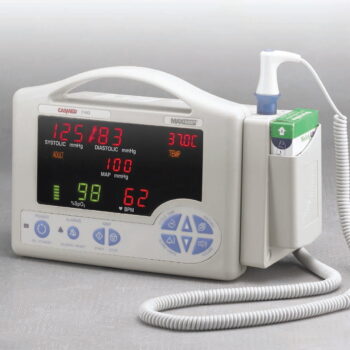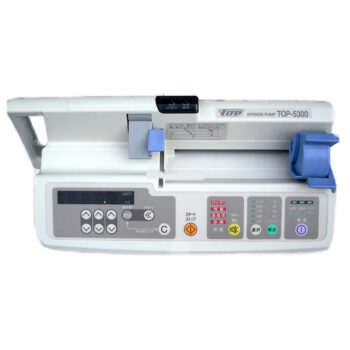STEPHAN STEPHANIE Ventilator (Neonatal) stands as a crucial innovation in neonatal care, offering specialized and precise respiratory support for critically ill newborns in neonatal intensive care units (NICUs).
Key Features and Functionality:
1. The STEPHAN STEPHANIE Ventilator (Neonatal) offers a range of ventilation modes specifically designed for neonatal patients. These modes allow healthcare providers to deliver respiratory support that is tailored to the delicate and evolving respiratory needs of newborns.
2. Pressure and Volume Control: The ventilator allows for both pressure and volume control modes, enabling precise management of tidal volume and airway pressure to prevent lung injury and optimize gas exchange in neonates.
3. Integrated Humidification: Maintaining proper humidity levels is critical for neonatal respiratory care. The STEPHANIE Ventilator often includes integrated humidification systems to ensure that the delivered air is appropriately humidified, reducing the risk of drying out delicate airways.
4. High-Frequency Oscillation: Some neonatal ventilators, including the STEPHANIE, offer high-frequency oscillatory ventilation (HFOV), a technique that delivers tiny, rapid breaths to the baby’s lungs. This technique can be particularly beneficial for premature infants with underdeveloped lungs.
5. Gentle Synchronization: Neonatal ventilators are often equipped with features to synchronize with a baby’s natural breathing pattern, minimizing the risk of patient-ventilator asynchrony and supporting the baby’s efforts to breathe on their own.
Clinical Applications:
1. Premature Birth:STEPHAN STEPHANIE Ventilator (Neonatal) is invaluable for providing respiratory support to premature infants with underdeveloped lungs who struggle with breathing independently.
2. Respiratory Distress Syndrome (RDS): Infants with RDS, often caused by insufficient surfactant in the lungs, require ventilator support to maintain proper oxygenation and ventilation.
3. Broncho pulmonary Dysplasia (BPD): Babies with BPD, a chronic lung disease primarily affecting premature infants, may need respiratory assistance to manage breathing difficulties.
4. Congenital Anomalies: Neonates born with congenital anomalies affecting their airways or lung development may require ventilator support to ensure adequate oxygenation.
Maintenance and Quality Assurance:
Regular maintenance is essential to ensure the optimal performance and safety of the STEPHAN STEPHANIE Ventilator (Neonatal) NICU staff adhere to strict cleaning and maintenance protocols, including routine servicing, calibration, and adherence to manufacturer guidelines, to maintain accurate ventilation parameters and alarm functionality.
The STEPHAN STEPHANIE Neonatal Ventilator represents a pinnacle achievement in neonatal care. Its ability to provide tailored respiratory support to the tiniest patients in NICUs is a testament to medical technology’s capacity to improve lives. With its specialized ventilation modes, integrated humidification, and synchronization features, the STEPHANIE Ventilator plays an essential role in ensuring the well-being of premature and critically ill newborns.











Reviews
There are no reviews yet.